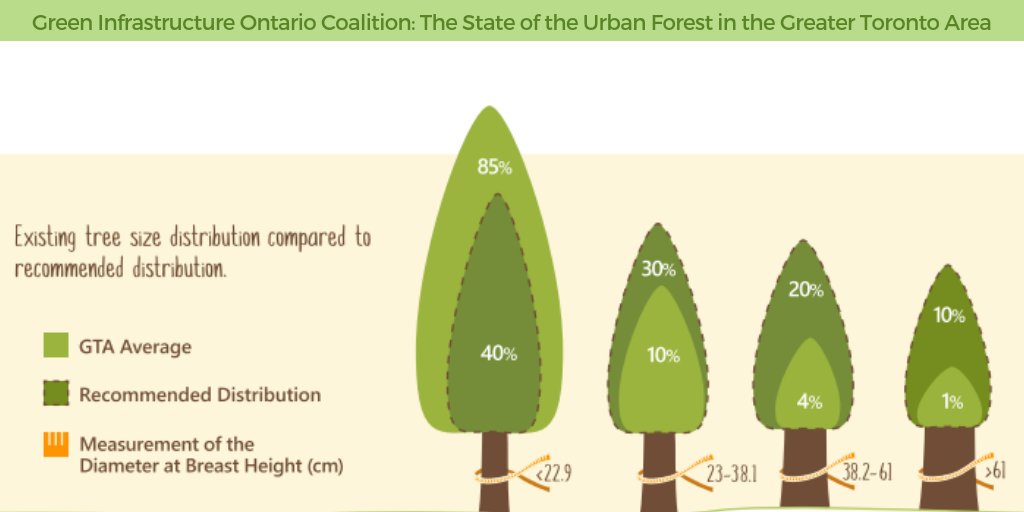Taking Care Of Your Landscape After Tree Elimination Is Vital For Its Remediation; Uncover Vital Measures To Rejuvenate Your Environment And Avert Future Issues
Taking Care Of Your Landscape After Tree Elimination Is Vital For Its Remediation; Uncover Vital Measures To Rejuvenate Your Environment And Avert Future Issues
Blog Article
Post Writer-Langley McCollum
After a tree's elimination, your landscape may look rather various, and it's necessary to evaluate the aftermath carefully. You'll want to assess the dirt disturbance and check surrounding plants for any kind of indicators of stress and anxiety. Neglecting these factors can bring about larger issues down the line. So, what should you do with those stumps and roots? And just how do you pick the very best plants for your revitalized space? Let's explore these essential steps.
Examining the Aftermath: Examining Your Landscape
After a tree removal, it's vital to examine your landscape to comprehend the impact it carries your backyard.
Beginning by examining the location where the tree stood. Seek signs of soil disturbance, and check the surrounding plants for any kind of stress or damages.
You must additionally keep in mind of just how the elimination has actually altered sunshine direct exposure and airflow in your garden. This shift can affect the development of neighboring plants, so it's important to assess their health.
Take into consideration the aesthetic elements as well; the elimination could produce an open space that you can revamp.
Ultimately, think of Tree Removal Foundation Damage of potential disintegration concerns that may develop from the tree's lack. Resolving Tree Trimming Cost will help recover equilibrium to your landscape.
Handling Stumps and Roots: Options for Elimination
When you have actually analyzed the results of the tree removal, you'll likely require to take on the stump and origins left.
You have a couple of choices for elimination. One reliable approach is stump grinding, where an expert utilizes a device to grind the stump down to below ground level. This technique leaves marginal interruption to your landscape.
If you prefer a do it yourself approach, you can utilize a mix of digging and chemical stump removers. Just bear in mind, this process can take some time and initiative.
Alternatively, take into consideration leaving the stump as an all-natural feature, which can serve as a special yard aspect or habitat for wild animals.
Whatever you select, attending to the stump and origins is important for recovering your landscape.
Picking the Right Plants for Your New Space
As you examine your freshly gotten rid of room, choosing the right plants can dramatically improve your landscape's charm and functionality.
Begin by taking into consideration the sunshine and dirt conditions. For bright areas, opt for drought-resistant plants like lavender or succulents. In shaded spots, ferns and hostas grow well.
Consider the dimension and growth routines of your plants; mix perennials and annuals for seasonal range. Do not fail to remember to include native species; they need less upkeep and assistance neighborhood wildlife.
Group plants in weird numbers for an extra natural appearance and create layers for visual deepness.
Finally, ensure you have a mix of shades and structures to keep your landscape vibrant throughout the periods.
Happy growing!
Verdict
In conclusion, recovering your landscape after tree removal is a satisfying process. By assessing the results, addressing stumps and origins, and choosing the right plants, you'll produce a flourishing atmosphere. Don't forget to include erosion control measures to shield your soil. With a little effort and treatment, you can change your space into a dynamic garden that boosts your home. Accept the opportunity to revitalize your landscape and appreciate the elegance of nature right in your backyard!
